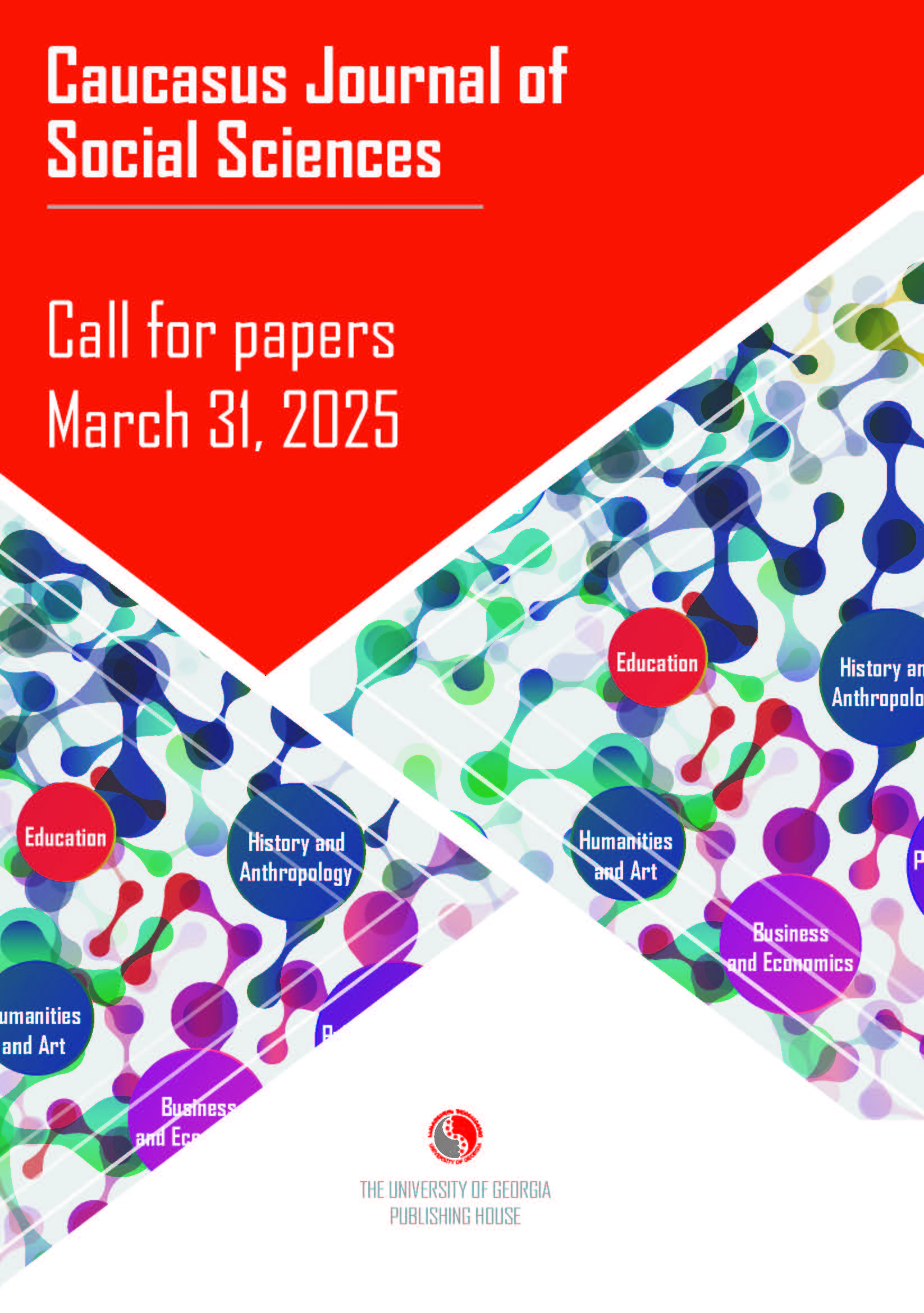Georgia as a Transit Territory Linking Persia to Europe (the 16 th 17 th centuries)
DOI:
https://doi.org/10.62343/cjss.2014.128Keywords:
Diplomatic Relations, Geopolitical Alliances, Ottoman Empire, Polish-Hungarian Relations, Trade RoutesAbstract
From ancient times Georgia represented the shortest way to link the Black and Caspian Seas and countries of the East and West. Apart from the Italian city-states, Georgians also had relations with other countries of Europe. It is thought that Poland must have been among the countries Georgia had contact with. From the mid-15th century, Georgia as well as Poland became actively involved in efforts to establish anti-Ottoman coalitions. The paper presents the relationship between Poland, Georgia and the Ottoman Empire, the mutual influence of those countries, their trade and political involvement.
In the struggle between the Ottoman Empire and Safavid Persia, Western countries, as a rule, took sides against the Ottoman Empire and considered Persia an ally from which various sorts of goods, mainly silk, was exported to the Western countries and which served as a connecting channel with India. Besides commercial interests, this was also justified from a political perspective: the powerful Ottoman Empire was a permanent threat for Europe in the period when Persia was a comparatively weaker state and posed less of a threat, however was attractive for the west in terms of commercial interests. This position was as strong and sustainable as Georgia’s wish to have relations with Europe, for which in many cases Georgia had to compromise its direct interests. Even if Persia in some cases was more dangerous for Georgia, it joined anti-Ottoman coalitions in order to be closer to Europe.
Downloads
Published
How to Cite
Issue
Section
License
Copyright (c) 2023 Giuli Alasania

This work is licensed under a Creative Commons Attribution 4.0 International License.
In case an article is accepted for publication it is allowed to combine the article with other research, to conduct new research on the article, or to make different arrangements on condition that the same license is used including commercial purposes.
As an author of an article published in the Caucasus Journal of Social Sciences, you retain the copyright of your article and you are free to reproduce and disseminate your work.











